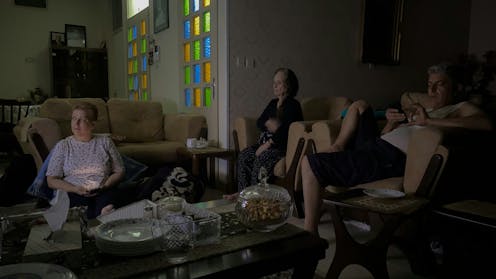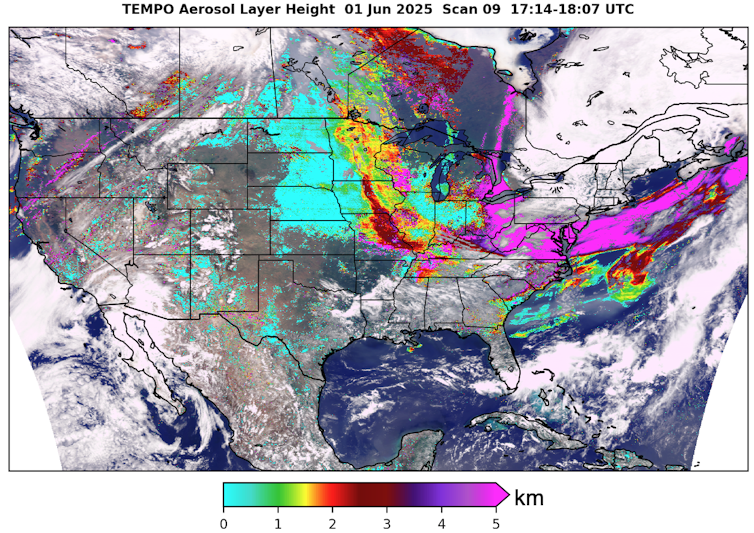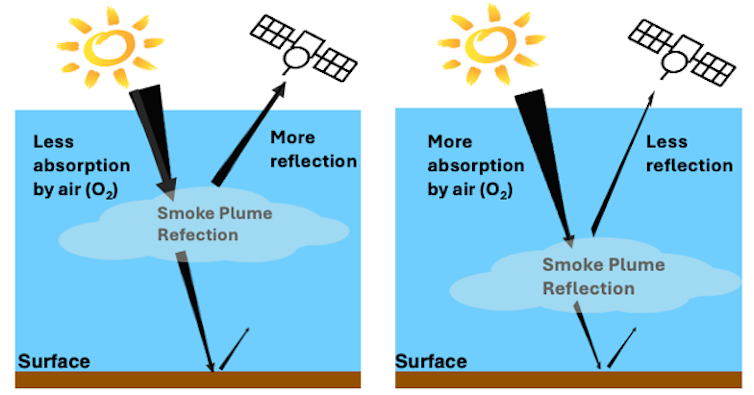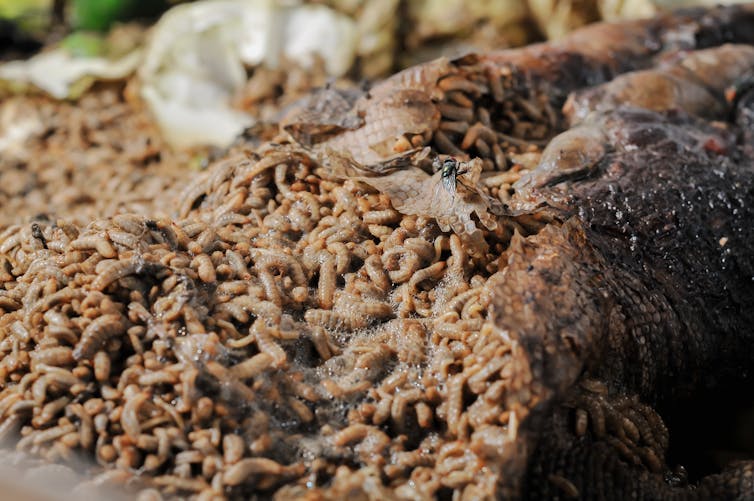Source: The Conversation – Canada – By Kathryn Dane, Postdoctoral associate, University of Calgary
Rugby union, commonly known as just rugby, is a fast-paced and physical team sport. More girls and women in Canada and around the world are playing it now than ever before.
As of 2021, women’s rugby reached a record 2.7 million players globally, a 25 per cent increase over four years, and by 2023, women’s rugby participation was growing at a rate of 38 per cent year-over-year.
Countries including Australia, England, Ireland and the United States offer professional contracts for women’s teams. While these remain modest compared to the men’s game, they still represent a clear step forward.
Canada’s senior women’s XVs team is currently ranked second in the world and heading into the 2025 Rugby World Cup, which kicks off on Aug. 22 in England. The national sevens team also captured silver at the 2024 Paris Olympics — further evidence of the game’s growing competitiveness in Canada.
However, many systems, including coaching and medical support, have not kept pace with the demands of elite competition. With visibility increasing ahead of the 2025 World Cup, stronger institutional support is needed to match the sports’ growing professionalism and popularity.
Safety concerns
Often described as a “game for all”, rugby builds confidence, resilience and lifelong friendships. For girls and women especially, rugby can be empowering in ways few sports can match. It embraces the physicality of tackling, pushes back against traditional gender expectations and fosters solidarity and inclusion by valuing all body shapes and abilities.
But rugby is also a collision sport, and as such, it carries inherent risks. Tackling is the top cause of injury in rugby, and it has one of the highest concussion rates among youth girls’ sports in Canada. Concussions can have long-term effects on players’ health.
These concerns are especially urgent as the women’s game becomes more physical and professionalized, and players are hit harder and more often. Unlike men’s rugby, women’s teams often operate with fewer medical or coaching support resources, which can lead to inconsistent or absent injury prevention programs.
Compounding the risk is the fact that many women also come to rugby later in life, often with less experience in contact sports. This delayed exposure restricts proper tackle skill development and player confidence in contact. This means safe tackling is even more important.
Without proper supports, the physical risks of the game may outweigh its benefits.
Science is still playing catch-up
While women’s rugby is growing rapidly, the science behind it is has not kept pace. Most of what we know about rugby safety — how to tackle, how much to train or when it’s safe to return to play after injury — largely comes from research on men.
Decisions around coaching and player welfare have been based on male data, leaving female players under-served and potentially at greater risk. While these foundations may well apply to girls and women, the problem is we don’t yet know for sure.
Only four per cent of rugby tackle research has focused on women. Much of the early evidence on girls rugby comes from Canada, underscoring the country’s leadership in this space. Still, most coaches and clinicians rely on a “one-size-fits-all” approach that may not account for menstrual cycles, pregnancy, different injury profiles or later sport entry.
The differences matter because strength, speed and injury risk all vary. Women are 2.6 times more likely than men to sustain a concussion. Gender also shapes access to training, care and facilities, often limiting opportunities for women to develop safe tackling skills, receive adequate support and train in safe, well-resourced environments, factors that impact both performance and safety.
Read more:
Prevention is better than cure when it comes to high concussion rates in girls’ rugby
Even safety tools reflect this gap. World Rugby’s Tackle Ready and contact load guidelines were designed around male athletes. While well-intentioned, we know little about how they work for girls and women. Instead of discarding these tools, we need to adapt and evaluate them in female contexts to ensure they support injury prevention and provide equal protection.
Women’s rugby needs better data
Change is underway. More research and tools are being designed specifically for girls and women. A search of PubMed, a database of published biomedical research, reveals a steep rise in studies on women’s rugby over the past decade, especially in injury surveillance, injury prevention, performance, physiology and sociocultural contexts.
New rule trials, such as testing lower tackle heights, are being evaluated on women athletes. New technologies like instrumented mouthguards and video analysis are also helping researchers understand how girls and women tackle, how head impacts happen and how they can be prevented.
Much of this new research is led by our team at the Sport Injury Prevention Research Centre, a pan-Canadian, multidisciplinary group focused on moving upstream to prevent concussions in adolescent girls’ rugby.
The women’s game is also driving its own innovations. Resources like World Rugby’s Contact Confident help girls and women safely build tackle skills, particularly those new to contact sport.
Researchers are analyzing injury patterns, interviewing players and coaches and studying return-to-play pathways that reflect girls’ and women’s physiology and life stages.
The scope of research is also expanding to pelvic health, breast protection and more tailored injury prevention. Global collaboration is making this work more inclusive, spanning different countries, skill levels and age groups, not just elite competitions.
But this is just the start.
A golden opportunity lies ahead
Girls’ and women’s rugby is experiencing unprecedented growth. Rising participation, media attention and new sponsorships are fuelling momentum. It’s a golden opportunity to build strong, sustainable foundations.
Gold-standard support requires focused, ongoing research and a commitment to sharing that evidence with players, coaches, health-care providers and policymakers. It’s time to build systems for women’s rugby based on women’s data, not borrowed assumptions from the men’s game.
But challenges remain. Some national teams still have to raise funds to attend World Cups. Others train without consistent access to medical or performance staff — clear signs that the women’s game is still catching up.
To sustain and accelerate the growth of girls’ and women’s rugby, the sport deserves more resources and research tailored specifically to participants. A “one-size-fits-all” model no longer works. By investing in systems that are safer, focused on prevention, more inclusive and grounded in evidence, we can build a thriving future for women’s rugby that lasts for generations to come.
![]()
Isla Shill has received funding from World Rugby.
Stephen West has previously received funding from World Rugby
Kathryn Dane does not work for, consult, own shares in or receive funding from any company or organisation that would benefit from this article, and has disclosed no relevant affiliations beyond their academic appointment.
– ref. Women’s rugby is booming, but safety relies on borrowed assumptions from the men’s game – https://theconversation.com/womens-rugby-is-booming-but-safety-relies-on-borrowed-assumptions-from-the-mens-game-261055










